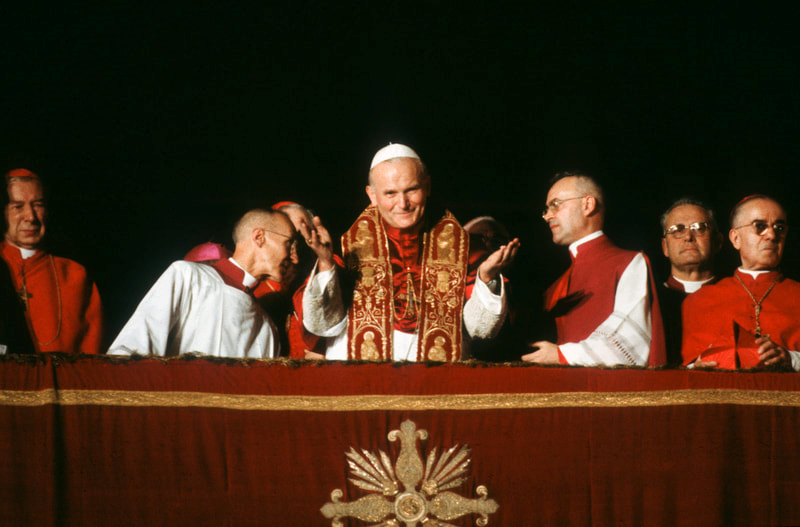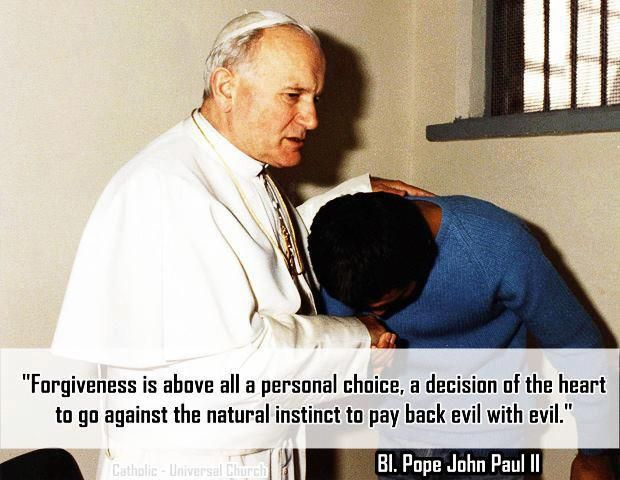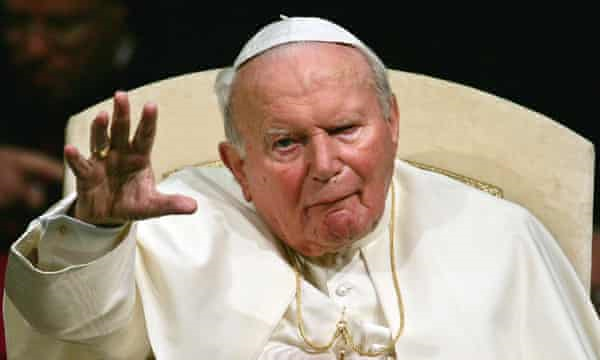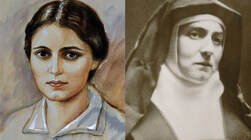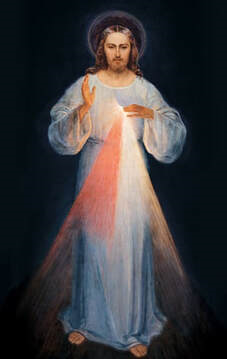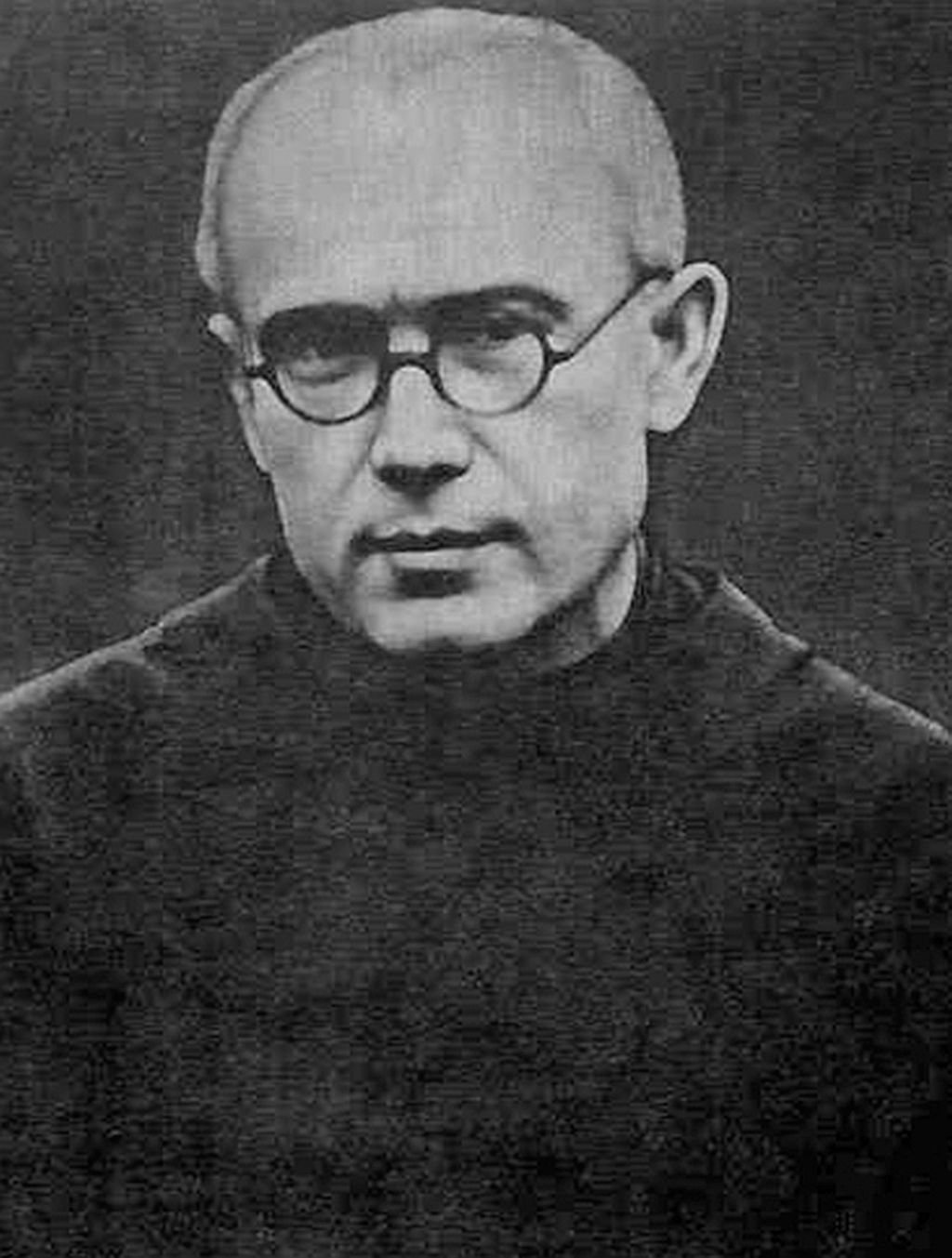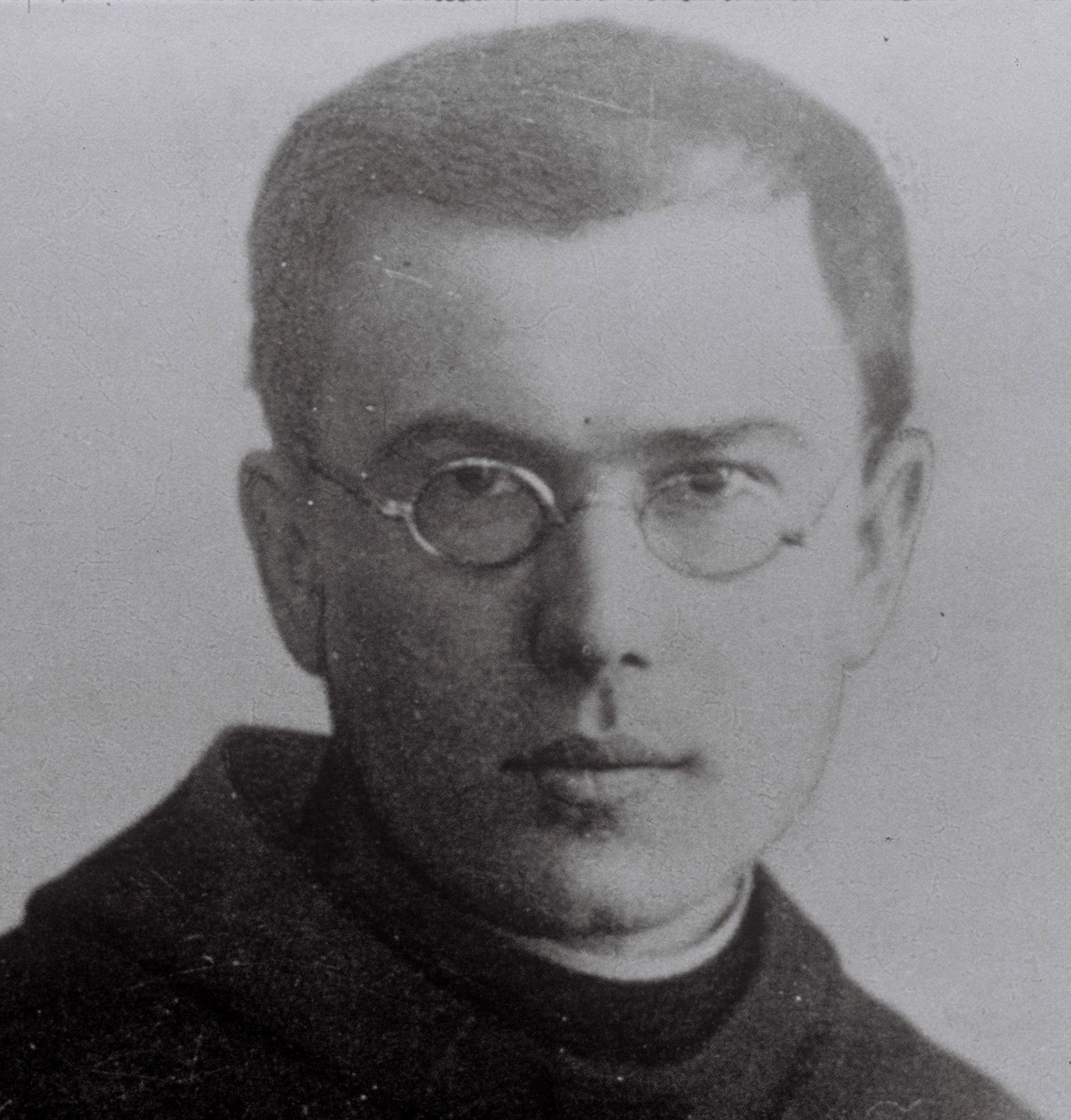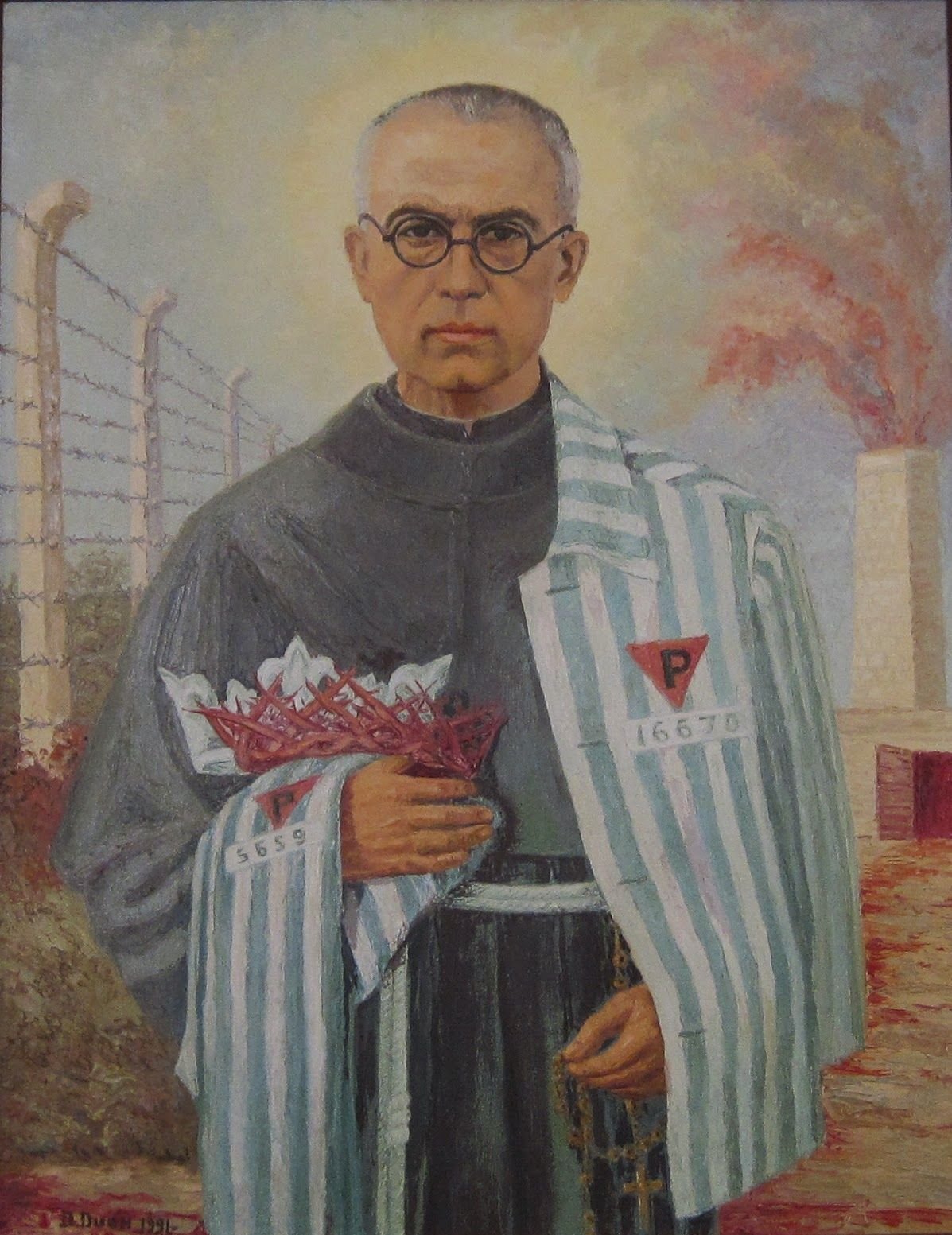
Socials with the Saints
This class a 4-part Series. One saint for each session.
Socials with the Saints are opportunities to learn from role models of faith and from one another; opportunities for fellowship, prayer, and receiving spiritual motivation. Each session is an opportunity to inspire individuals in their daily pilgrimage by introducing them to companions on the journey, in the Communion of Saints.
St. Maximillian Kolbe
When we hear the name Maximilian Kolbe, we often immediately call to mind the heroic man who offered himself in the place of another prisoner to be put to death in the Auschwitz concentration camp. The aptly called “Martyr of Charity” showcases for us the greatest possible love described by Christ: “to lay down one’s life for one’s friends” (see John 15:13). St. Maximilian Kolbe in this act of love and virtue provides an ultimate example of what it means to love one’s neighbor as oneself and what it means to truly be a good neighbor (see Mark 12:31; Luke 10:25-37).
This self-sacrificial imitation of Christ was only the climax of a life permeated with God’s love and the powerful intercession of the Immaculata. St. Maximilian Kolbe’s final display of transformative love was a direct continuation of his entire life.
Press the white arrow below to listen to this talk on the life of St. Maximillian Kolbe
St. Faustina
It was to Saint Faustina Kowalska (1905-1938), a simple, uneducated nun from Poland, that the Lord chose to spread the Divine Mercy message and devotion. "My daughter, be at peace; do as I tell you. Your thoughts are united to My thoughts, so write whatever comes to your mind. You are the secretary of My mercy. I have chosen you for that office in this life and the next life. That is how I want it to be in spite of all the opposition they will give you. Know that My choice will not change" (Diary, 1605).
Saint Faustina was born in 1905 in the village of Glogowiec in Central Poland. She came from a large, poor peasant family, and attended less than three years of elementary school. When nearly twenty years old - and after a few years of work as a domestic servant working with wealthy families - she entered the Congregation of the Sisters of Our Lady of Mercy. Her seemingly ordinary life concealed an exceptionally profound union with God. From her early youth, she desired to be a great saint and consistently strove toward that goal. It was to this simple nun that our Lord came and announced, "In the Old Covenant I sent prophets wielding thunderbolts to My people. Today I am sending you with My mercy to the people of the whole world. I do not want to punish aching mankind, but I desire to heal it, pressing it to My Merciful Heart" (Diary, 1588).
Press the white arrow below to listen to this talk on the life of St. Faustina.
Pope St. John Paul II
Pope John Paul II was ordained in 1946, became the bishop of Ombi in 1958, and became the archbishop of Krakow in 1964. He was made a cardinal by Pope Paul VI in 1967, and in 1978 became the first non-Italian pope in more than 400 years. He was a vocal advocate for human rights and used his influence to effect political change. He died in Italy in 2005. It was announced in July 2013 that he would be declared a saint in April of the following year.
He understood the incredible value of suffering in union with Christ. In St. Paul ’s writings we find a greatly developed meaning of suffering. Pope John Paul II explains why St. Paul writes so much on suffering: “The Apostle shares his own discovery and rejoices in it because of all those whom it can help – just as it helped him – to understand the salvific meaning of suffering” (Salvifici Doloris, 1).
Press the white arrow below to listen to this talk on the life of Pope St. John Paul II.
St. Teresa Benedicta of the Cross (Edith Stein)
Saint Teresa Benedicta of the Cross (Edith Stein)Virgin and Martyr Edith Stein, born in 1891 in Breslau, Poland, was the youngest child of a large Jewish family. She was an outstanding student and was well versed in philosophy with a particular interest in phenomenology. Eventually she became interested in the Catholic Faith, and in 1922, she was baptized at the Cathedral Church in Cologne, Germany. Eleven years later Edith entered the Cologne Carmel. Because of the ramifications of politics in Germany, Edith, whose name in religion was Teresa Benedicta of the Cross, was sent to the Carmel at Echt, Holland. When the Nazis conquered Holland, Teresa was arrested, and, with her sister Rose, was sent to the concentration camp at Auschwitz. Teresa died in the gas chambers of Auschwitz in 1942 at the age of fifty-one. In 1987, she was beatified in the large outdoor soccer stadium in Cologne by Pope John Paul II. Out of the unspeakable human suffering caused by the Nazis in western Europe in the 1930's and 1940's, there blossomed the beautiful life of dedication, consecration, prayer, fasting, and penance of Saint Teresa. Even though her life was snuffed out by the satanic evil of genocide, her memory stands as a light undimmed in the midst of evil, darkness, and suffering. She was canonized on October 11, 1998.






